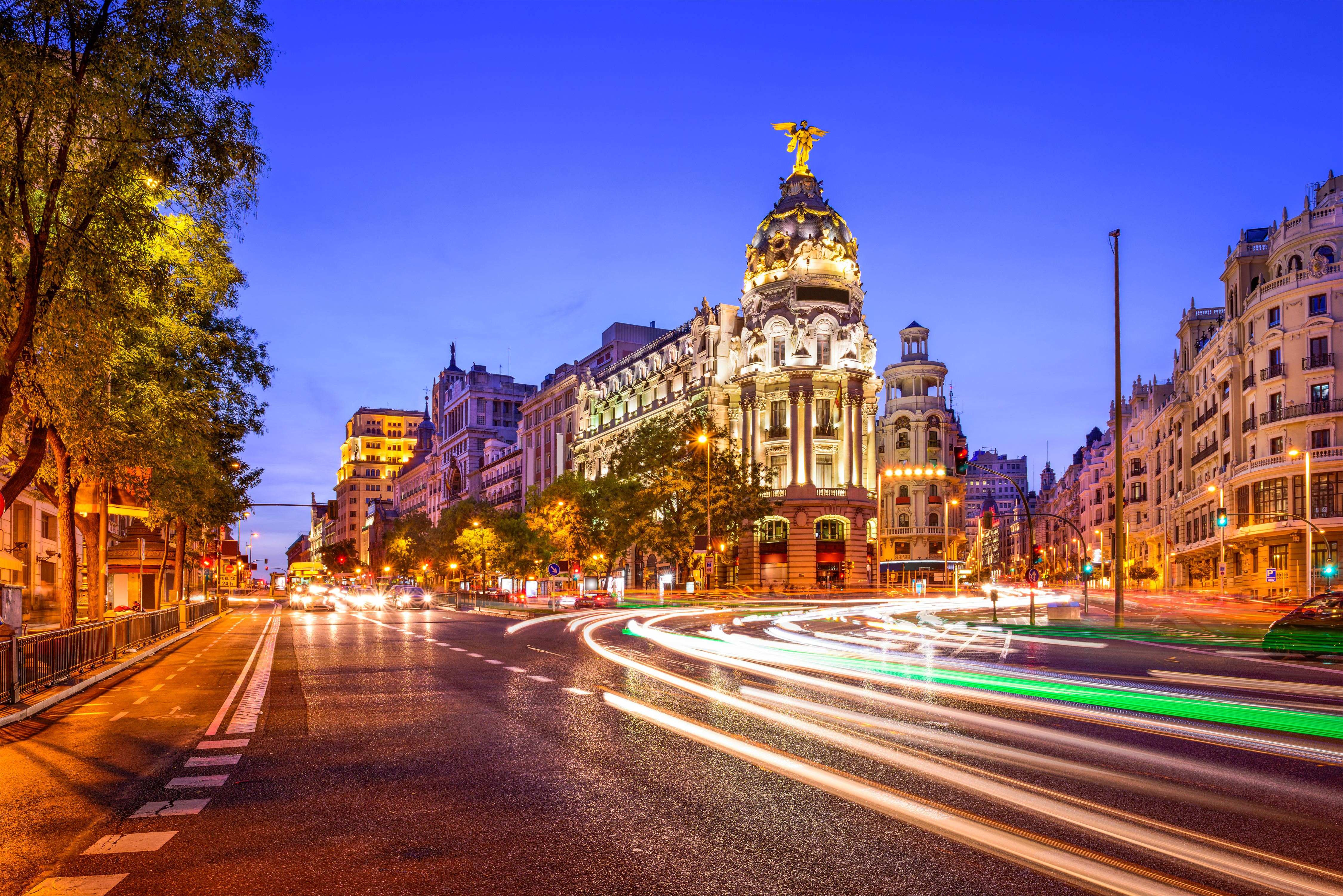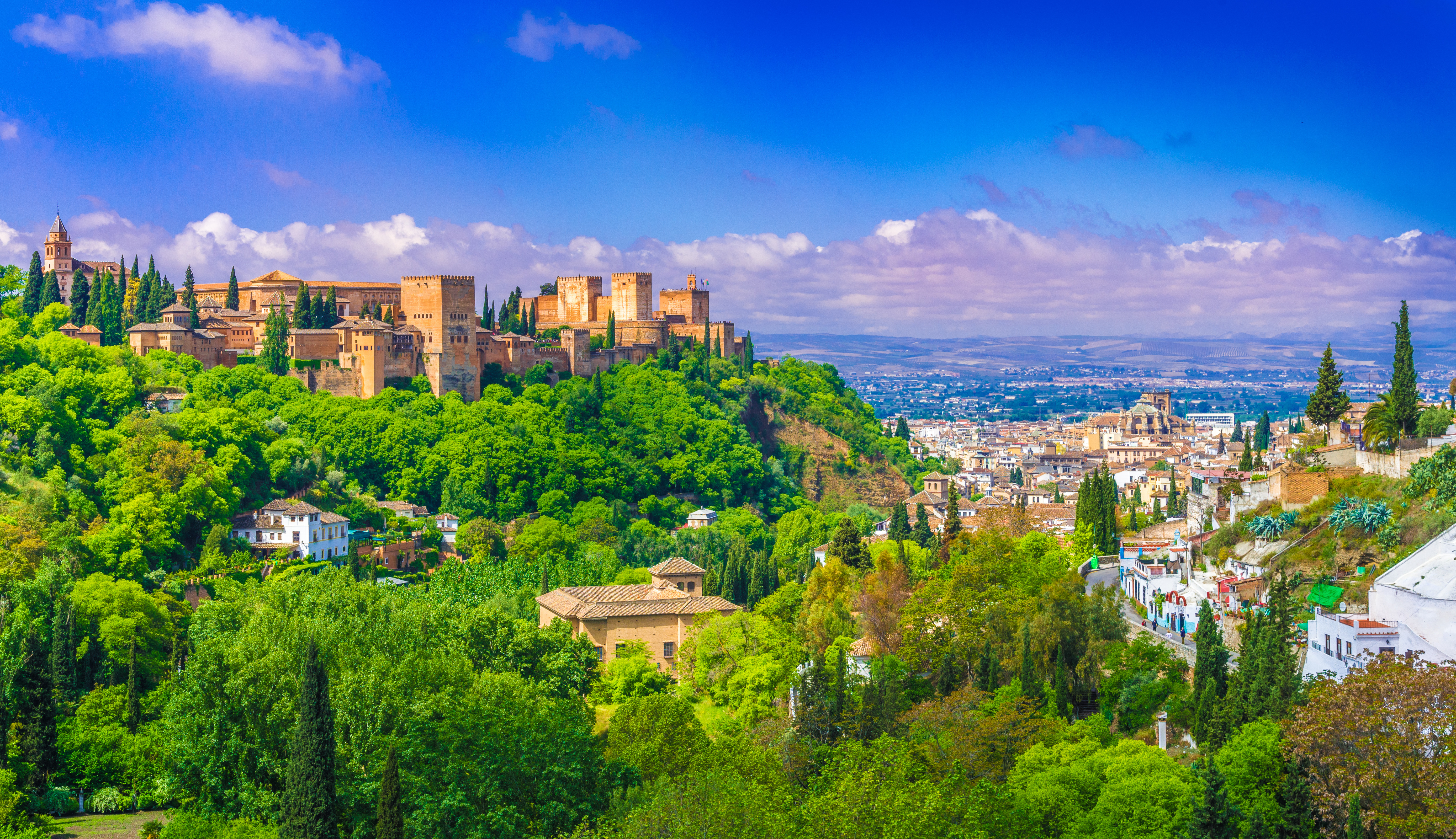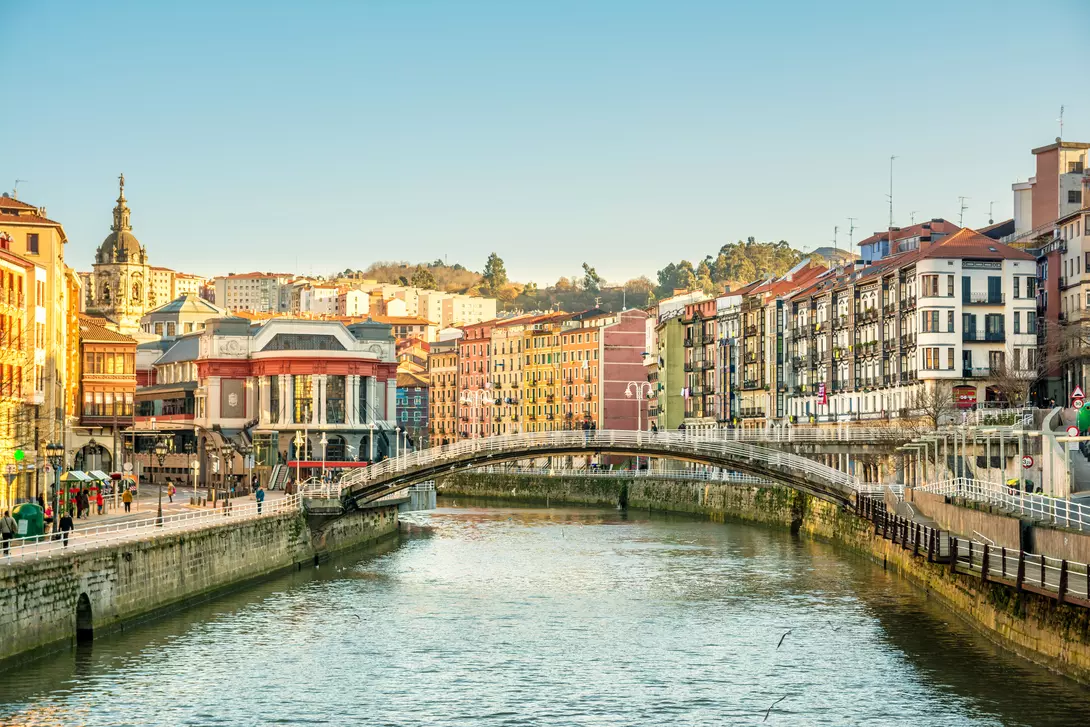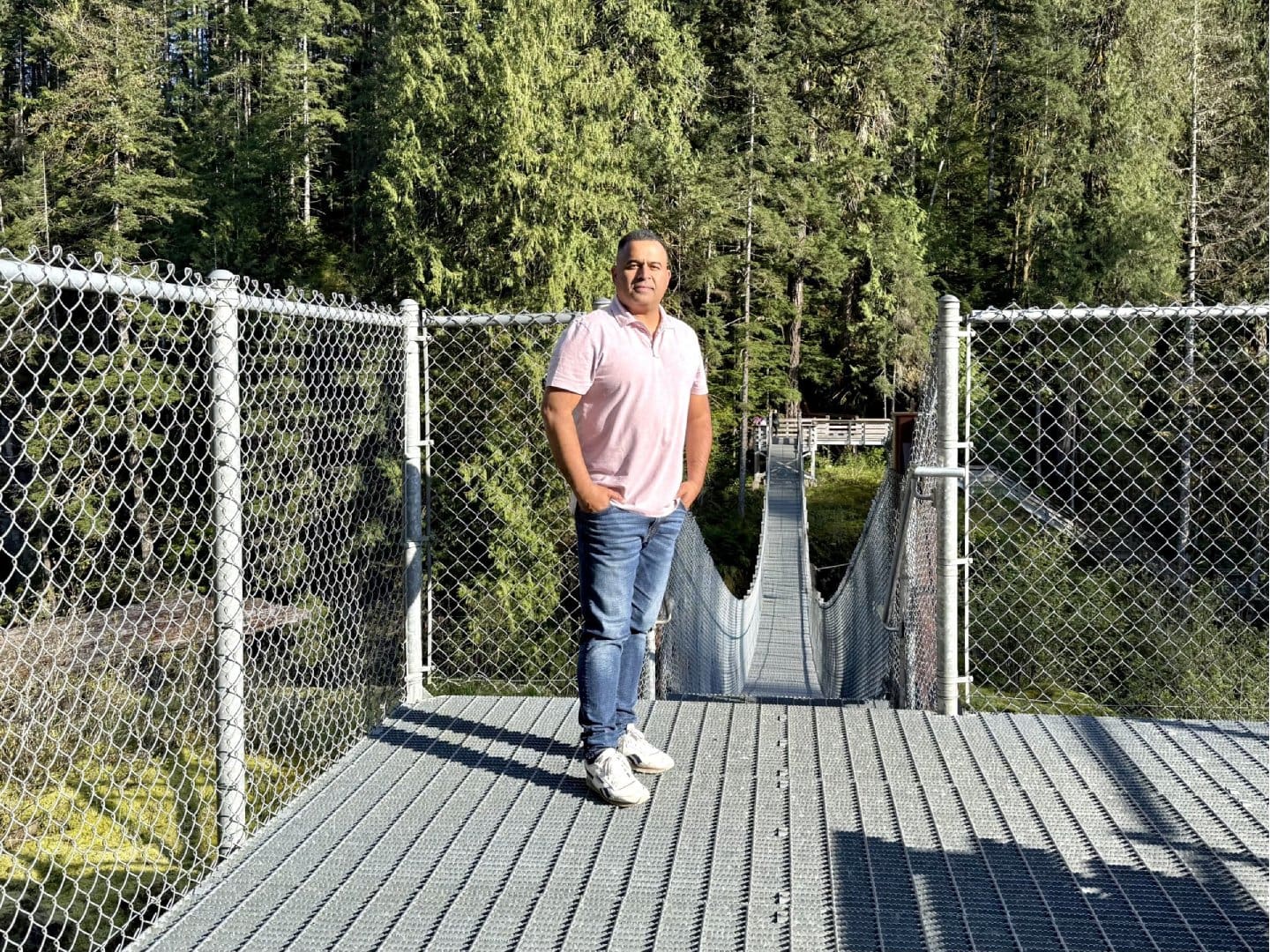At least seven to 10 days is ideal for a first visit, allowing you to explore Madrid, Seville, and Barcelona. With two weeks, you can add regions like Andalusia or the Basque Country for a richer experience.
Discover Tailor-Made Spain Vacations
One of the most visited countries in the world, Spain is a tourism powerhouse where every region feels like a different world
In Madrid, explore world-class museums, elegant boulevards, and lively tapas bars. In Barcelona, take in Gaudí’s whimsical architecture and vibrant markets. Down south, lose yourself in the Moorish splendour of Andalusia, home to the Alhambra and iconic flamenco dancing. Beyond the cities, discover white-sand beaches in the Canary Islands or rolling vineyards in Rioja.
Featured Highlights
- Indulging in tapas and cocktails while bar hopping in Madrid
- Taking a private guided tour of Antoni Gaudí’s Sagrada Familia in elegant Barcelona
- Experiencing Seville from the Gaudalquivir River, jumping-off point for Spanish exploration
- Taking in authentic flamenco in Granada’s Sacromonte Caves
- Touring the Alcazar Palace and other landmarks in monument-rich Cordoba
- Admiring the Guggenheim Museum’s iconic architecture on a custom tour of Bilbao
Featured Spain Trip Ideas
Spain is offers a travel experience shaped by history, tradition, and vibrant modern life.From the grand plazas of Madrid to the sun-drenched courtyards of Seville, every stop offers something unique. A custom itinerary lets you explore beyond the usual, blending architectural wonders with authentic encounters like cooking classes, vineyard tours, and artisan workshops.
Read More
Classic Spain: Madrid, Seville & Barcelona
Barcelona, La Sagrada Familia, Andalusia, and MadridSignature Barcelona
Barcelona and La Sagrada FamiliaSpain In Style: Madrid, Seville & Granada
Barcelona, La Sagrada Familia, The Alhambra, Andalusia, and MadridSpain for Foodies
Madrid, Basque Country, Barcelona, and La Sagrada FamiliaIndulge in Spain's ultimate food journey, crafted for true culinary lovers. From Barcelona, savor a hands-on paella cooking class and discover the flavors behind Catalan cuisine. Travel north to San Sebastián, Europe's food capital, for indulgent pintxos...
Magic of Southern Spain
The Alhambra, Andalusia, and MadridNorthern Spain Uncovered
Madrid, Basque Country, Barcelona, and La Sagrada FamiliaDon't see the
perfect trip idea?
Request a custom quote.
Turn your travel dreams into reality with Goway. Our customized vacations take travellers to all corners of the world.
What do Goway's travellers say?
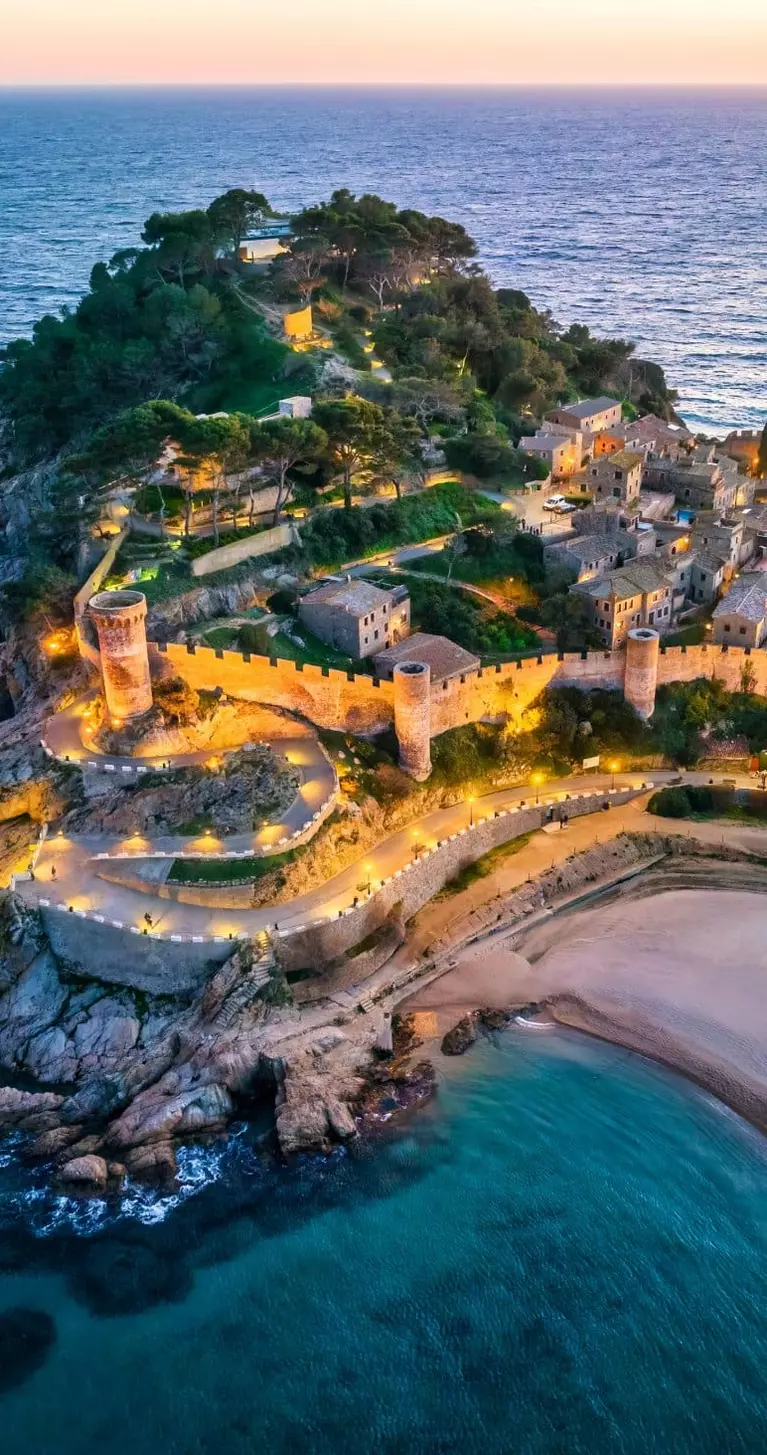
Get to know Spain before you go.
Best Time To Visit
Spain offers something special in every season. “Spring and early fall are the best times to visit Spain—pleasant weather and fewer crowds mean a more enjoyable experience,” says Melissa Moses
Peak summer months, June through August, are perfect for coastal escapes and lively festivals like La Tomatina and Feria de Málaga, but expect crowds and higher temperatures, especially in the south. For milder weather and fewer tourists, consider May or September, the ideal months to explore cities like Madrid, Seville, and Barcelona without the summer rush.
Winter reveals a quieter, cultural side of Spain. From museum-hopping in Madrid to cozy evenings in Granada, it’s the perfect time for travelers who prefer a slower pace. The Canary Islands remain sunny year-round, making them an excellent winter retreat.
Plan the perfect trip with our seasonal guide on the best time to visit Spain.
What do the experts say?
If you are looking for the best time to visit, I would recommend Spring and early Fall. The weather wont be too hot and you will be avoiding the peak season where not only does the temperature rise, but there are lots of crowds.
Be wary that lunch and dinner are taken very late compared to North America! And don't expect to just pop into the shops around midday - most of them shut for a siesta break!
Most people do not know that most regions of Spain have their own language and traditions. This makes visiting Spain such a unique experience - everywhere you go is like visiting a completely new country
Places To Go
Handcrafted journeys to our most popular places to visit in Spain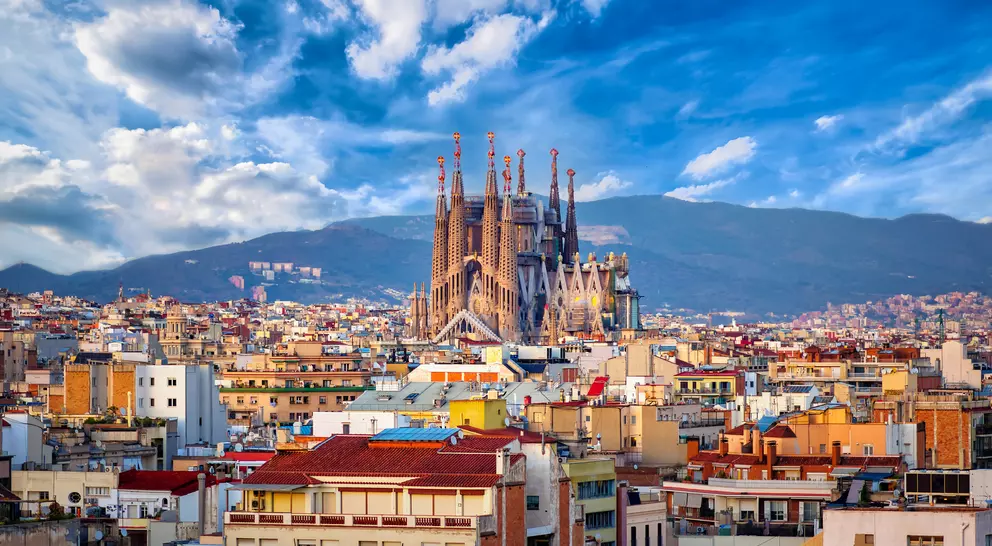
Barcelona
Barcelona is the vibrant capital of Catalonia and Spain's second-largest city, graced by the sun...
Barcelona is the vibrant capital of Catalonia and Spain's second-largest city, graced by the sun-kissed shores of the Mediterranean. Barcelona's official language is Catalan, enshrined in law as the...
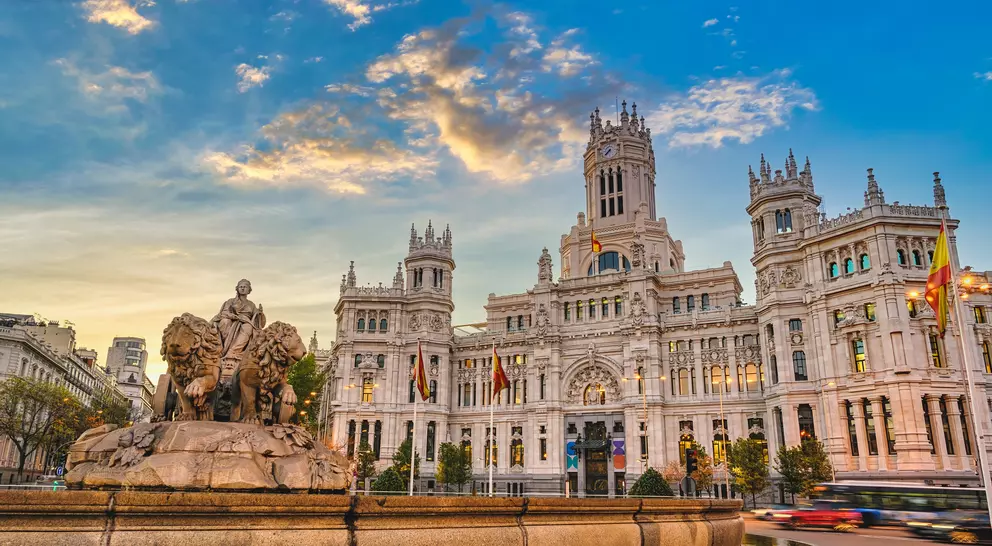
Madrid
Madrid is the capital of Spain, standing as a dynamic metropolis and ranking as the third-largest...
Madrid is the capital of Spain, standing as a dynamic metropolis and ranking as the third-largest city in the European Union, following London and Berlin. Madrid serves as Spain's political, economic...
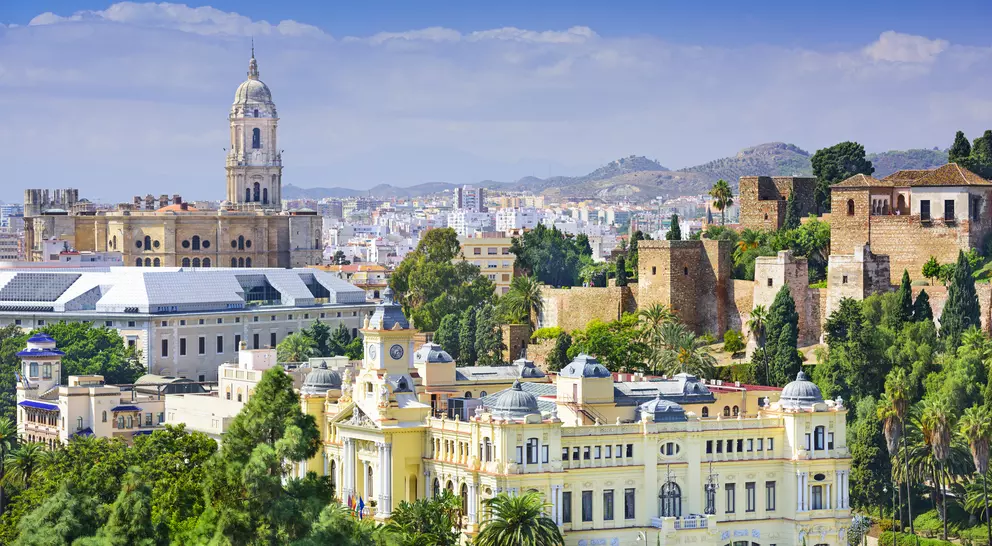
Malaga
The dynamic coastal city of Malaga is the idyllic gateway to the Costa del Sol and Andalusia in...
The dynamic coastal city of Malaga is the idyllic gateway to the Costa del Sol and Andalusia in southern Spain. It's a vibrant, cosmopolitan hub that offers a multifaceted Spanish experience with...
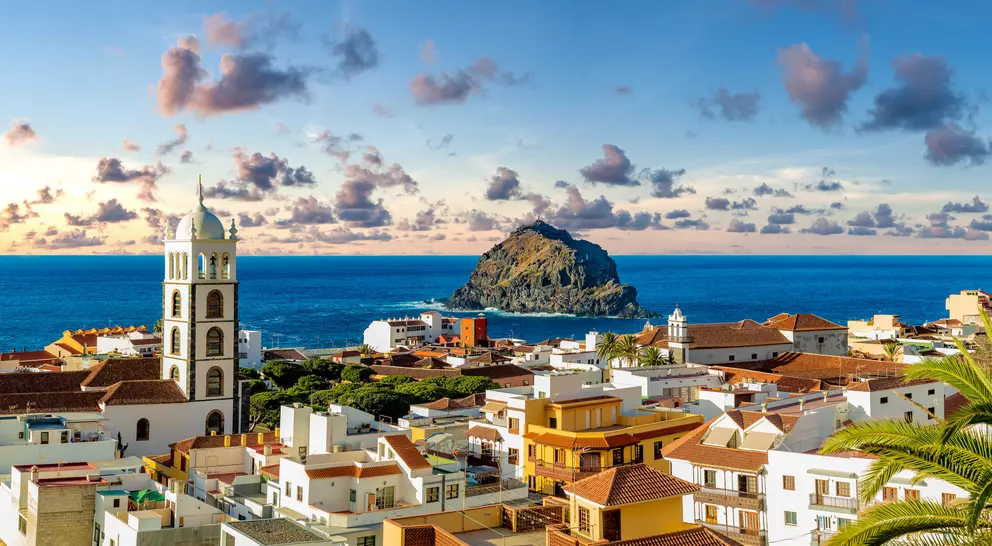
Canary Islands
The Canary Islands are an enticing archipelago privy to a subtropical climate, inviting...
The Canary Islands are an enticing archipelago privy to a subtropical climate, inviting globetrotters to this Spanish paradise off the North African coast. Tenerife is the largest of the islands,...
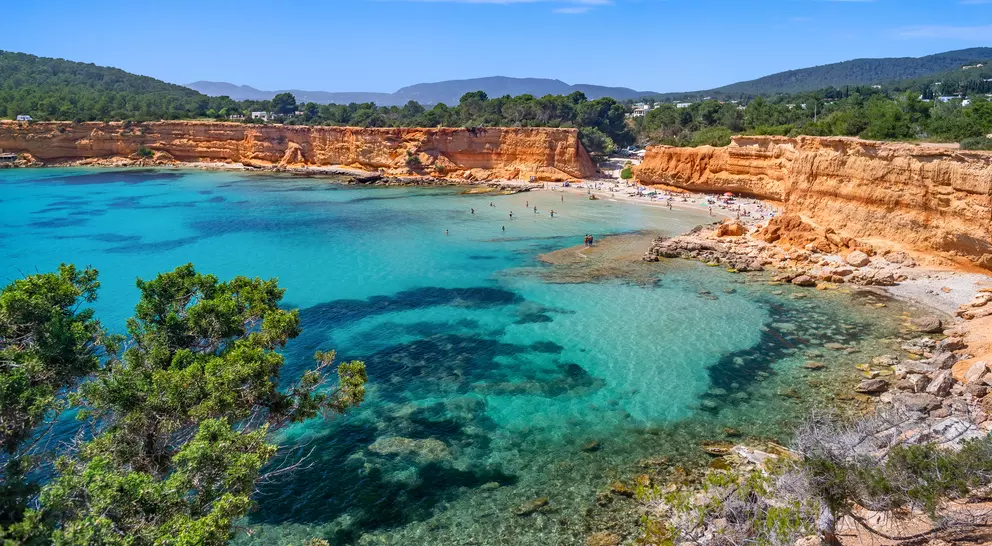
Balearic Islands
The Balearic Islands are part of an enchanting archipelago in the Mediterranean Sea, comprising...
The Balearic Islands are part of an enchanting archipelago in the Mediterranean Sea, comprising Mallorca, Minorca, Ibiza, and Formentera, all offering an exciting array of experiences. Mallorca is...

Costa del Sol
The aptly named Costa del Sol (Sunny Coast) region is a sun-soaked paradise along Spain's southern...
The aptly named Costa del Sol (Sunny Coast) region is a sun-soaked paradise along Spain's southern coast. At its heart lies the vibrant capital, Malaga, a charming city with around 30 museums,...
Travel Styles
Explore Spain by Travel Type
Ways to Travel
Discover your perfect travel style—crafted for every dream and journey.

Themes
Immersive adventures shaped by passion, such as food, culture, wellness, and wild discovery.

Collections
Curated journeys that capture the spirit, beauty, and essence of travel.

Featured
Extraordinary experiences handpicked to inspire, delight, and spark your wanderlust.

Ways to Travel
Discover your perfect travel style—crafted for every dream and journey.

Themes
Immersive adventures shaped by passion, such as food, culture, wellness, and wild discovery.

Collections
Curated journeys that capture the spirit, beauty, and essence of travel.

Featured
Extraordinary experiences handpicked to inspire, delight, and spark your wanderlust.
Frequently Asked Questions
How many days in Spain is enough?
What is the best way to see Spain?
High-speed trains (AVE) are the most efficient way to travel between cities, while self-drives or private transfers are great for exploring rural regions.
Where is the best place to stay in Spain?
Historic paradores, boutique hotels in old towns, and luxury resorts on the coasts offer unique stays. In cities, consider central districts like Madrid’s Salamanca or Barcelona’s Eixample for convenience.
Where should I go for the first time in Spain?
Start with the cultural classics: Madrid for its art and royal heritage, Barcelona for architecture and beaches, and Seville for flamenco and Moorish architecture.
Which city is a must in Spain?
Barcelona tops the list for its mix of culture, architecture, and Mediterranean charm, but Madrid and Seville offer their own distinct charms.
Is Spain friendly to American tourists?
Absolutely. Spaniards are warm and welcoming. Speaking a few basic Spanish phrases is appreciated but not essential, as English is widely spoken in tourist areas.
Unlock more by subscribing to our newsletter
With our newsletter, you’ll get access to regular communications that inspire you and help you explore the world your way
